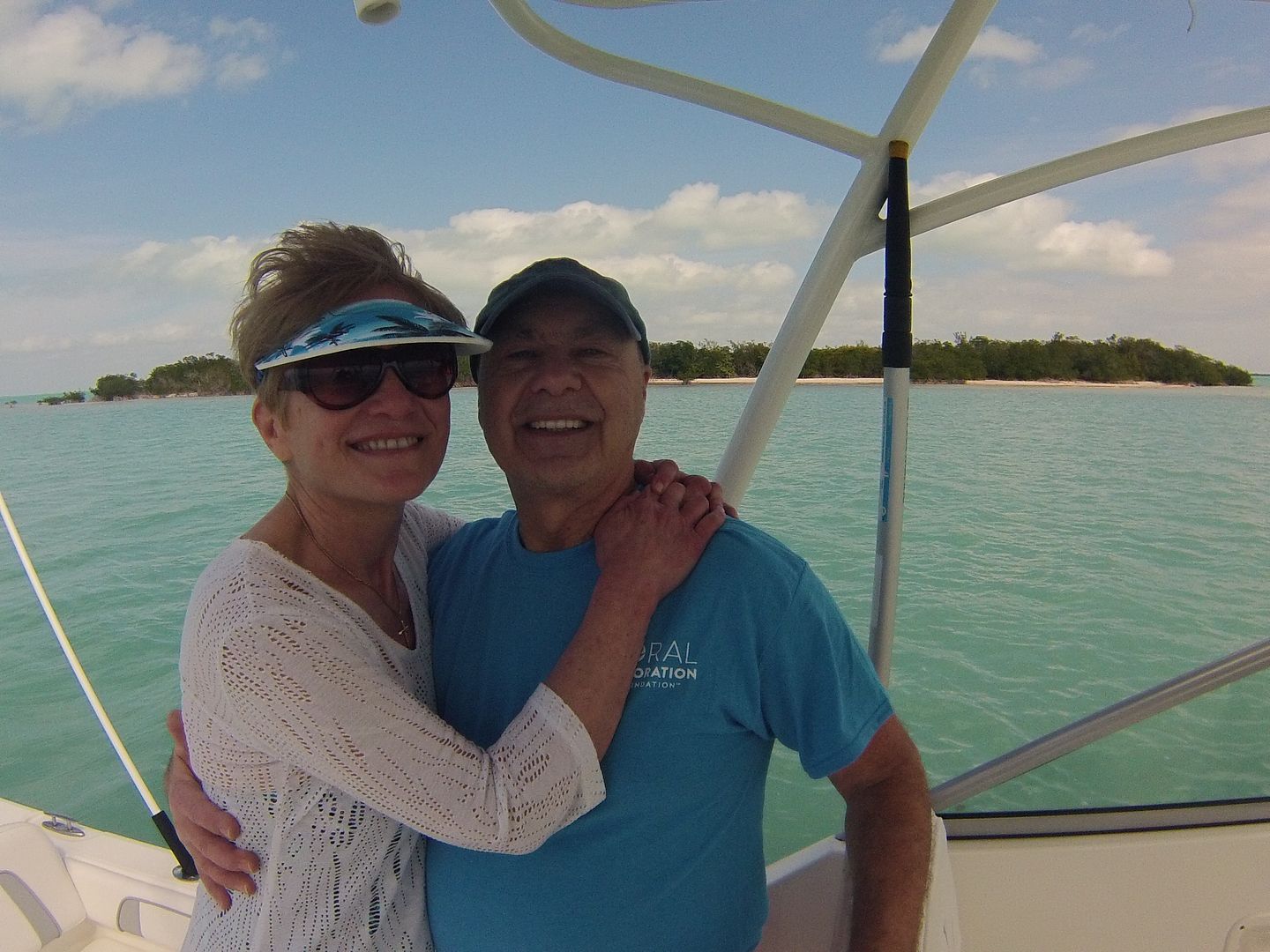I do not recommend the use of chemical algae control products such as Dino-x. The do work, but unless you fix the actual issues in the system, all you'll end up doing is replacing one kind of problem algae with another one. Algae control is a constant battle in SW systems, and usually you need to do multiple things to keep your system more or less algae free.
I have posted this before, but it's worth repeating -
DaveK's Standard Lecture #2 - Algae Control
Algae control comes down to controlling nitrates and phosphates. If you have a problem with algae it is because these two nutrients are out of control. Do not think that just because your test kits read zero or low values that you do not have a problem. In many cases the algae is removing the nutrients and growing. This is why there is a problem.
Here are possible sources of nitrates and phosphates -
Feeding, especially flake food and not rinsing frozen foods before feeding.
Using tap water to mix salt. Always use RO/DI water for this.
"Dirt traps" and "nitrate factories" in the system.
Low quality carbon can leach nutrients.
Low quality salt can sometimes add nutrients. This is unusual today.
Livestock load on the system
Here are possible ways to remove nitrates and phosphates -
Water changes. Change 1/2 the water and you reduce the nutrients by 1/2.
Skimming. Remove the waste products before the biological filtration need to break then down.
Nitrate and phosphate removal products.
Deep sand beds.
Refugiums.
Algae Scrubbers.
Each of these has advantages and disadvantages. Most people that control algae well use many of the above methods.
There are also other items that can effect algae growth rates.
Good clean up crew.
Other livestock that eats algae.
Low general water quality, especially when the readings are off.
Lighting, sometimes you can reduce it, especially in FO or FOWLR systems.
Old light bulbs. Colors change as they age and this can be a factor.
Water flow. More flow will often help keep algae down.
Manual removal. Very important, especially when there is a big problem.

